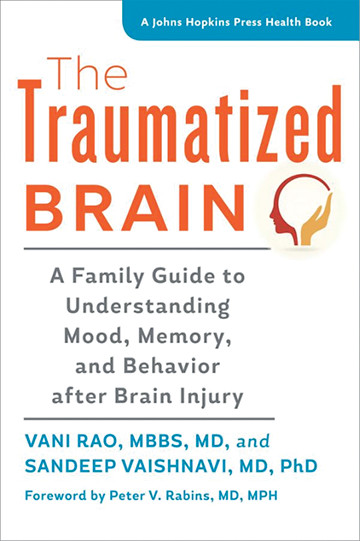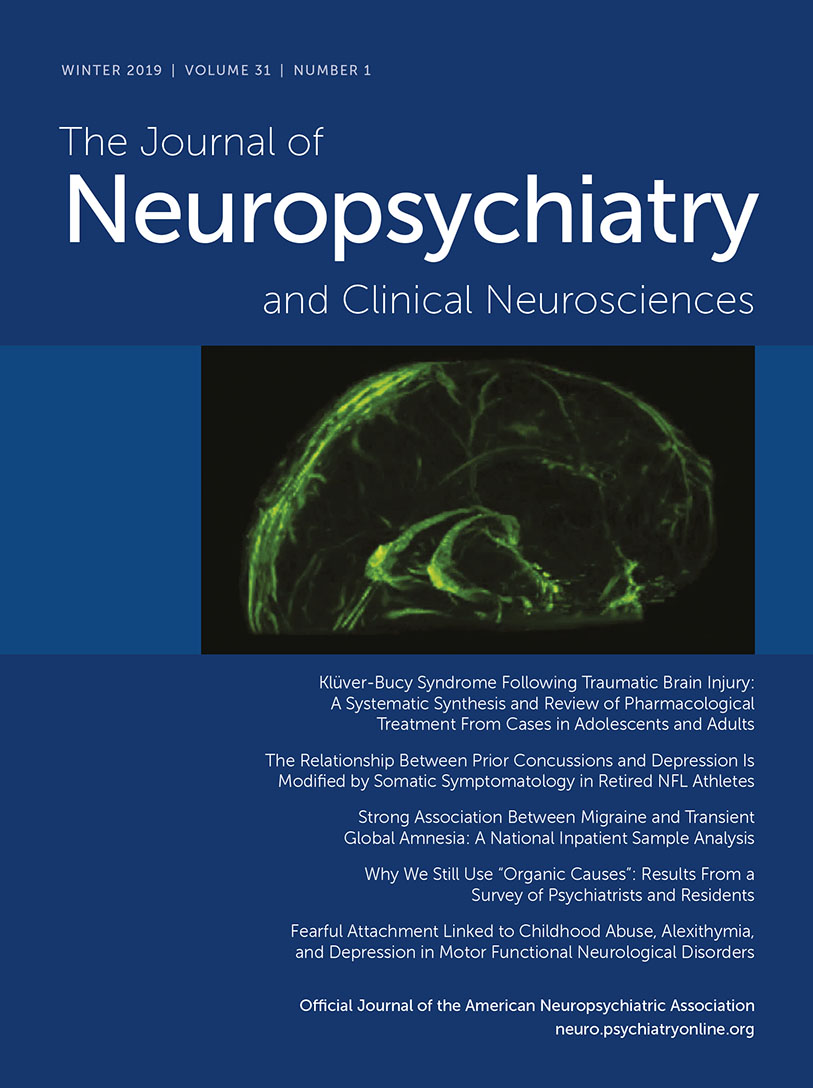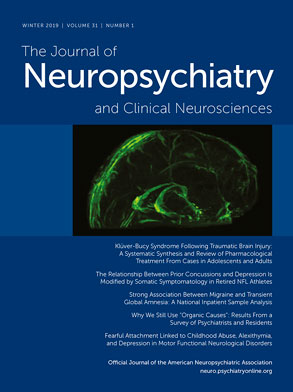Large amounts of resources go into the care of individuals with traumatic brain injuries (TBIs), and increasingly it is recognized that as much effort must also go into educating and preparing their families and caregivers to be able to provide proper care for them and continue to love them. These patients often come home with a host of psychological and neurological problems that can be overtly disruptive to daily life, adding tension and dysfunction to family dynamics. Personality and behavioral changes often leave families feeling that their loved one is simply not the person they once were, and such feelings are further complicated by new care needs that fundamentally change patients’ relationships with others in their lives. These new struggles can be intensely isolating as our society unfortunately continues to stigmatize psychological distress. In this light, The Traumatized Brain: A Family Guide to Understanding Mood, Memory, and Behavior After Brain Injury, by neuropsychiatrists Vani Rao, M.B.B.S., M.D., and Sandeep Vaishnavi, M.D., Ph.D., is an especially helpful resource for families as well as patients themselves.
Dr. Rao is the director of the Brain Injury Clinic and the Behavioral Neurology and Neuropsychiatry Fellowship Program in the Department of Psychiatry and Behavioral Sciences at Johns Hopkins University School of Medicine, and Dr. Vaishnavi is the director of the Neuropsychiatric Clinic at Carolina Partners and affiliated with Duke University’s Departments of Psychiatry and Community and Family Medicine. In this book, they combine their experiences and wisdom to guide patients and their families through the challenge of thriving at home after a TBI.
After an overview of neuroanatomy and the neuropathology of TBI that is not beyond the inquisitive lay reader, the authors make use of vignettes to introduce the emotional, behavioral, and cognitive problems many patients experience. The illustrative stories are realistic and do well to describe the problems that families and caregivers encounter. Following the example cases, the authors discuss the features of specific problems, warning signs, and treatments, both behavioral and pharmacologic. Discussion of medications is especially helpful, because many of the medications used in patients with brain injury are off label, and it can be very confusing for patients and their families to interpret the indications of these medications. The types of medications would have been more effectively presented in table format to aid the reader in comparing their different attributes and to make future referencing more convenient. The sections on behavioral problems are particularly well constructed and critical to the reader, since these impairments are the crux of personality change, which is often especially distressing to families and caregivers. Although the book does not cover all that one might encounter when caring for an individual with a TBI, the territory that it does include is both comprehensive and accessible to the lay reader. Informed by this book, a keen family member may recognize a potentially problematic symptom and be more likely to speak up in the clinic, helping the clinician to hone treatment and to avoid a mild situation from snowballing into a catastrophe.
Some attention is also devoted to uncategorized headaches, seizures, and vision problems, which is also useful and informative. An opportunity was missed to address neurological problems that affect balance and coordination, which many patients experience, significantly increasing caregiver burden and posing a substantial obstacle to successful return to work. Although some attention is given to substance abuse as it pertains to predicting recovery, the reader would have benefitted from more discussion on this topic, given how disruptive it can be after injury.
The Traumatized Brain is thoughtfully written as a reference for patients recovering from a TBI as well as for their families. To that end, the glossary, index, and reading list greatly improve its utility. While it does not replace the critical role of direct education through a clinician, I would recommend this book as a resource to help expand on many of the educational points and problems encountered early in an individual’s brain injury. Its length and accessibility are ideal for families who are particularly overwhelmed with learning about life after a TBI or for those who are seeking more reading to help facilitate more meaningful discussion with clinicians.


